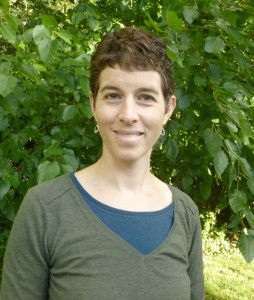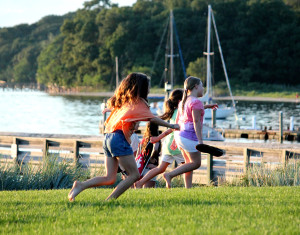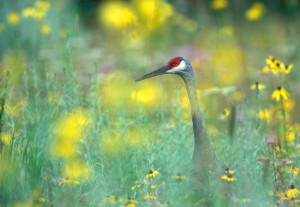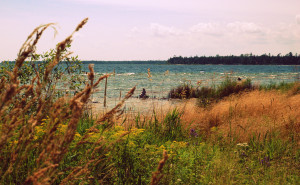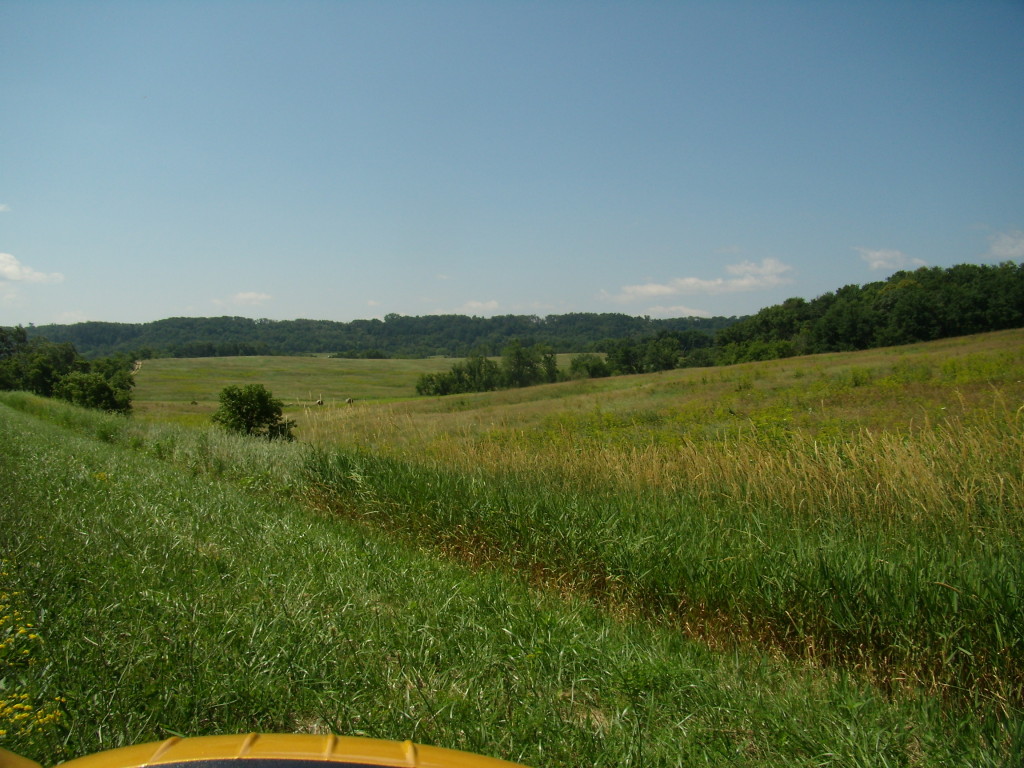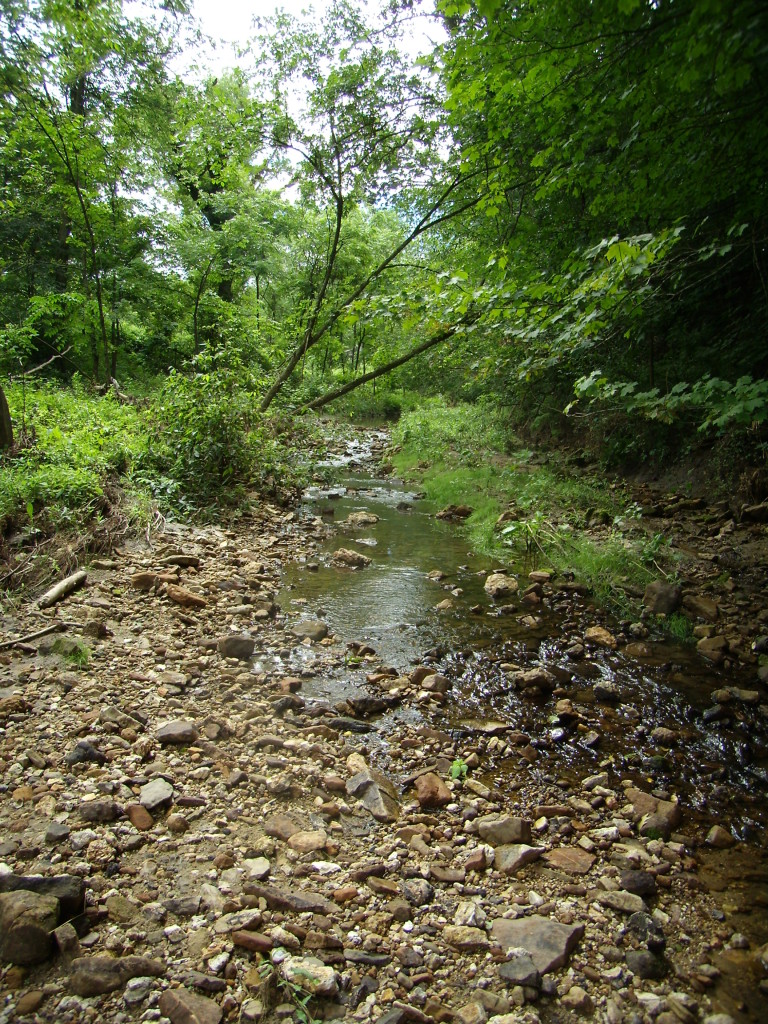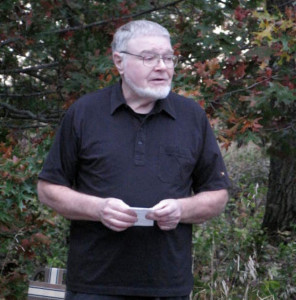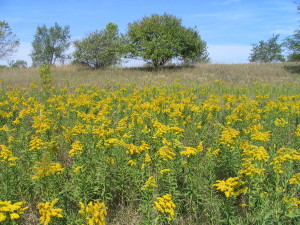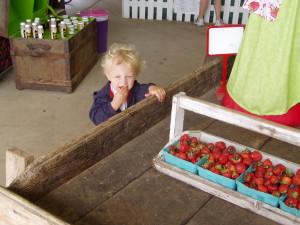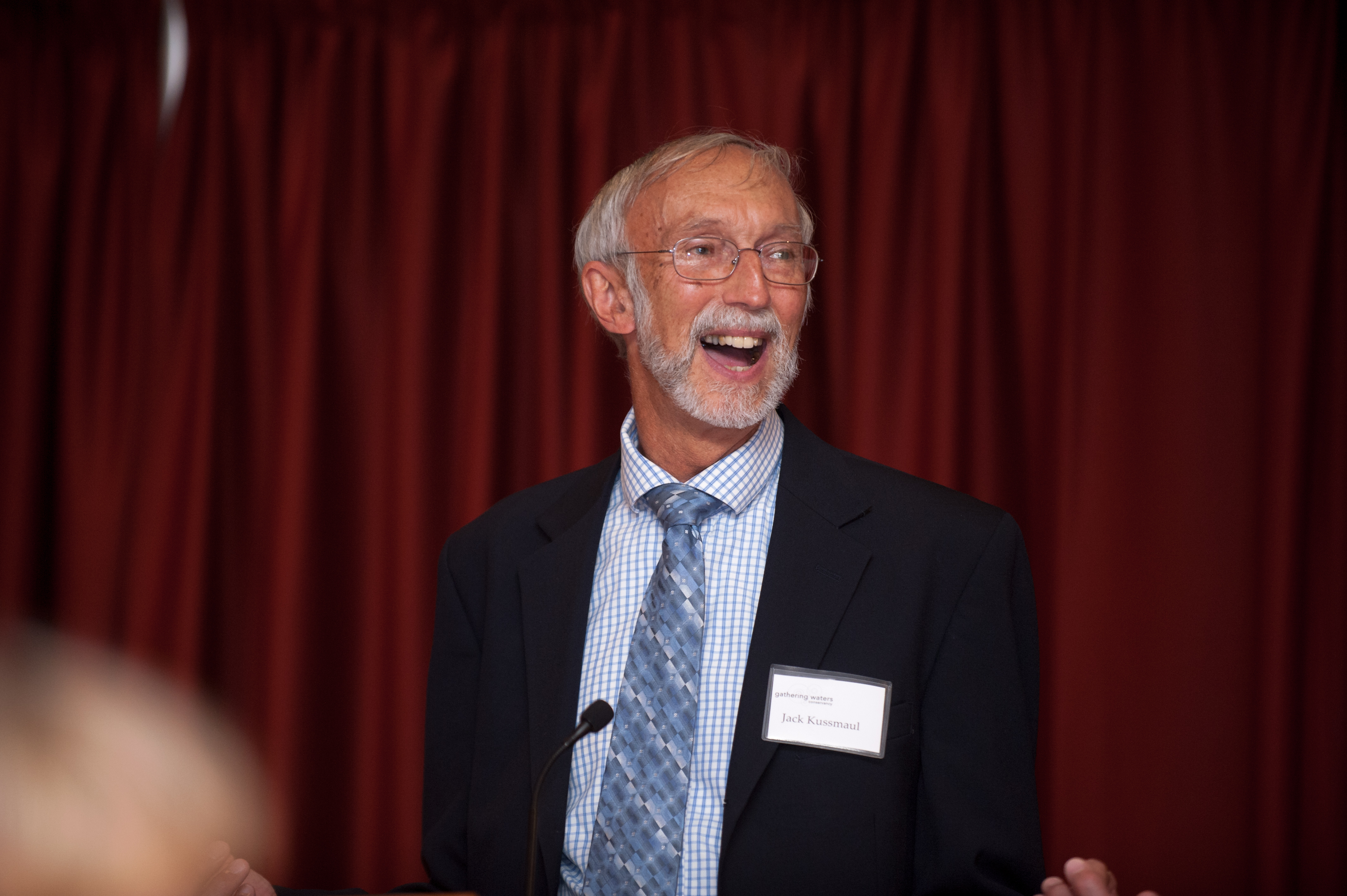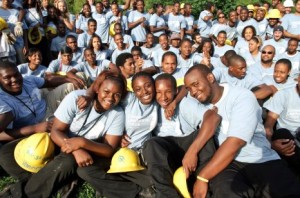Welcome Meg Domroese, our new Land Trust Program Director!
We are very happy to announce that Meg Domroese will be joining our team as the new Land Trust Program Director, early this July!
As you may know, our mission is to help land trusts, landowners, and communities protect the places that make Wisconsin special. Unlike any other organization, we accomplish our mission by strengthening Wisconsin land trusts – a network of approximately 50 nonprofit organizations that protect land to preserve its natural, agricultural, or cultural value for public benefit. We provide direct technical assistance to non-profit land trusts; are non-partisan, solution-oriented advocates for public policies supporting land conservation; and use our statewide voice to share the stories of land trusts’ impact and how they address community needs, and inspire broad public support for land conservation.
The Land Trust Program Director position is integral to accomplishing this important work. Among other things, Meg will provide direct coaching to and coordination of training for land trusts around the state; she will execute GWC’s signature program to support Wisconsin land trusts (our Land Trust Excellence & Advancement Program); she will facilitate meetings with land trusts and collaborative partners, and coordinate collaborative efforts around the state.
Meg comes to Gathering Waters from the Wisconsin Academy of Sciences, Arts, and Letters where she convened discussions on statewide water and energy issues. She helped found the Citizen Science Association, which, in its first months of existence, already has 1700 members and plans to convene its first national conference in early 2015. Meg led projects in Bolivia and British Columbia, among other places, in her previous position at the American Museum of Natural History’s Center for Biodiversity and Conservation. These projects all aimed to promote participation in conservation through partnerships among scientists, educators, and community leaders.
Meg is excited to join an organization dedicated to helping people protect the places that make Wisconsin special. Born and raised in Oak Park, IL, Meg spent many a family holiday on Wisconsin’s lakes and rivers. Having taken up residence in Madison almost two years ago, she can’t get enough of the bike paths, paddling around Lake Wingra, or excursions to parks and small towns around the state. We sure are glad to have her!
